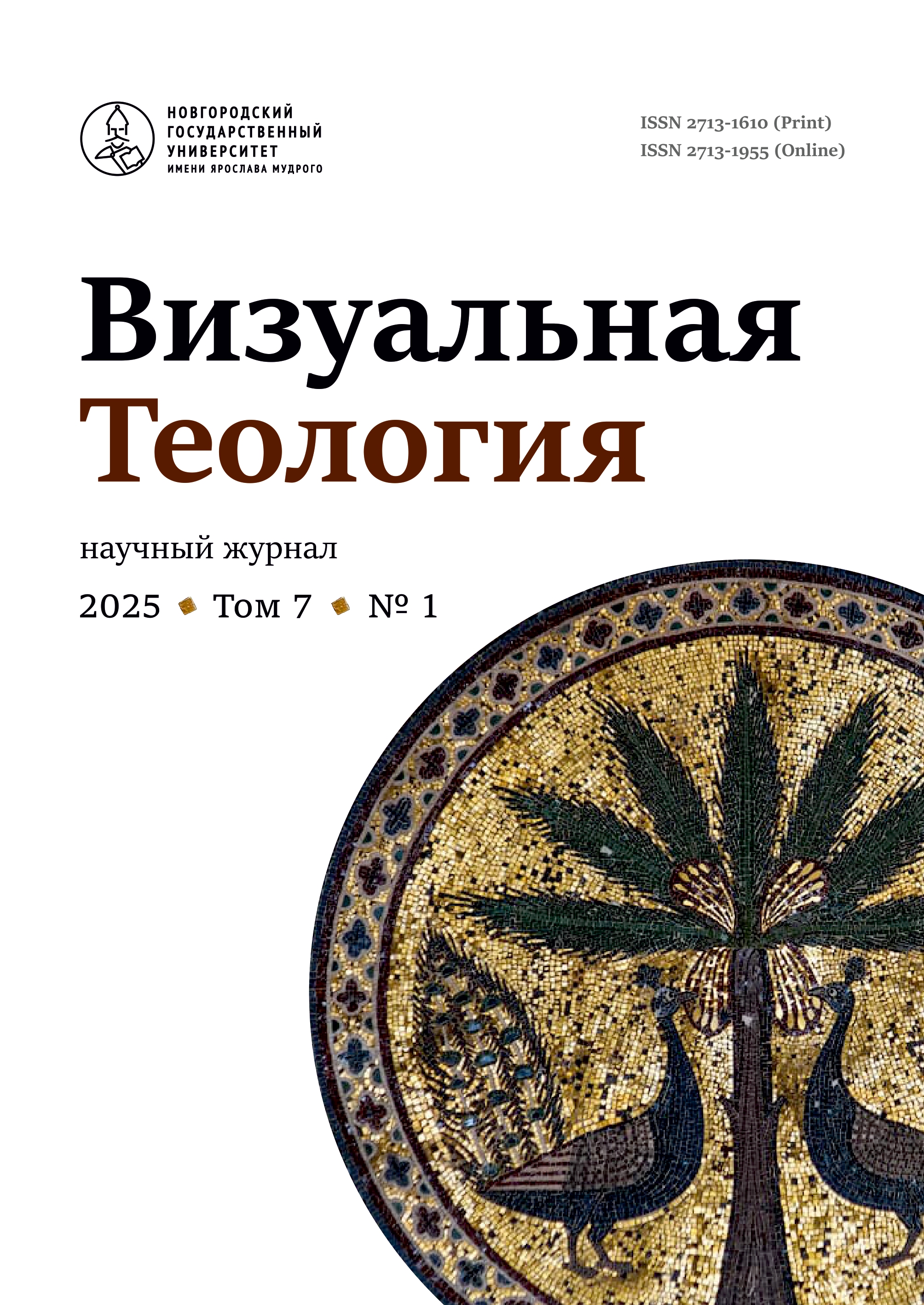Monument in the space of a modern city: sacred versus profane
Abstract
The problem of the sacred and its place in human life is one of the most important in the humanities. In recent decades, discourse on the sacred has become especially relevant due to scientific debates about the secular and post-secular nature of modern society. In particular, there is a question about what strategy and tactics should be used when working with sacred spaces in a modern city. The article explores current problematization of the concept of sacred in both theoretical and practical terms through monument as a form of symbolic culture. Monuments have played an exceptional role in history, as they embody meaning that represents a group’s highest (sacred) values. However, against the background of understanding and rethinking the role of ‘old’ and ‘new’ sacred chronotopes in the modern city and, more broadly, in the social space as a whole, the question is asked today more and more often: what is the monument’s place in a modern city? The study substantiates the view that one of the characteristics of the current historical period is the coexistence of different forms of the sacred in the world. These forms characterize different paradigms ‒ classical, modern, and postmodern ‒ as well as different types of cultures ‒ monostylistic and polystylistic. Thus, when working with sacred zones, it is impossible not to consider the fact that in the social space of the 21st century live both representatives of the (late) postmodern paradigm, which includes a variety of sacred meanings, and followers of the two other paradigms ‒ classical and modern, for which the sacred can still be associated with religious and / or ideological values expressed in monuments. Using a number of examples, the article examines symbolic social practices that show that no matter what forms the sacred takes nowadays, the sacred meaning is still important, and monument remains one of the cultural and anthropological constants.



